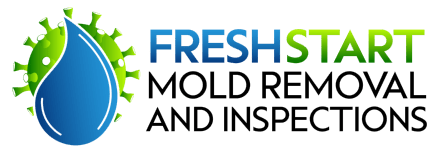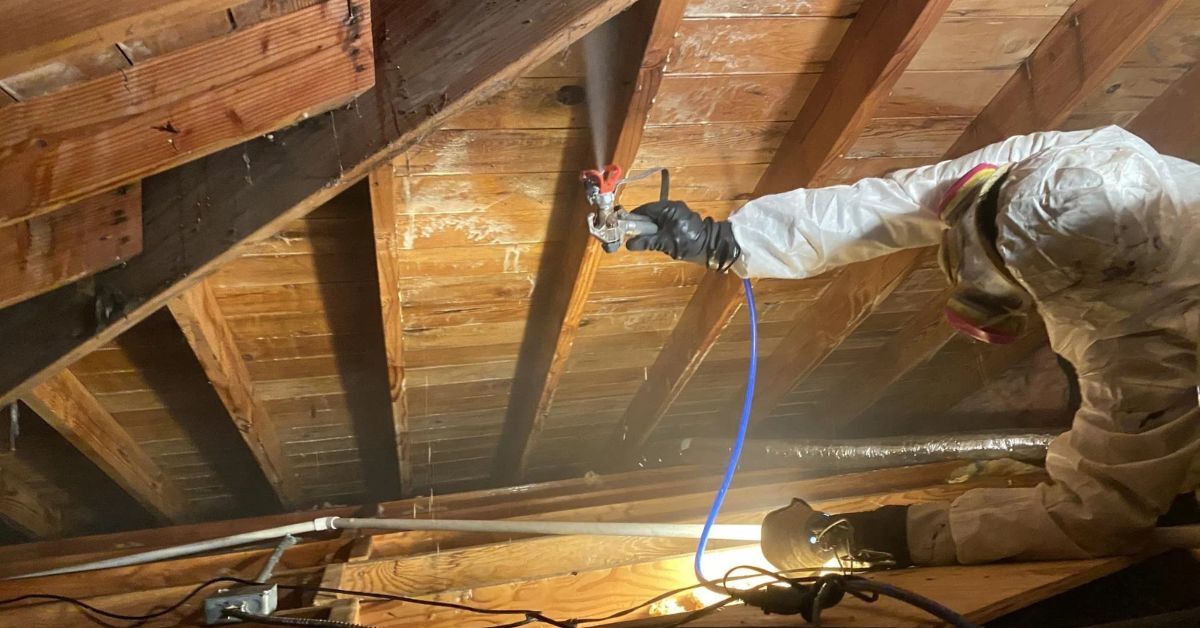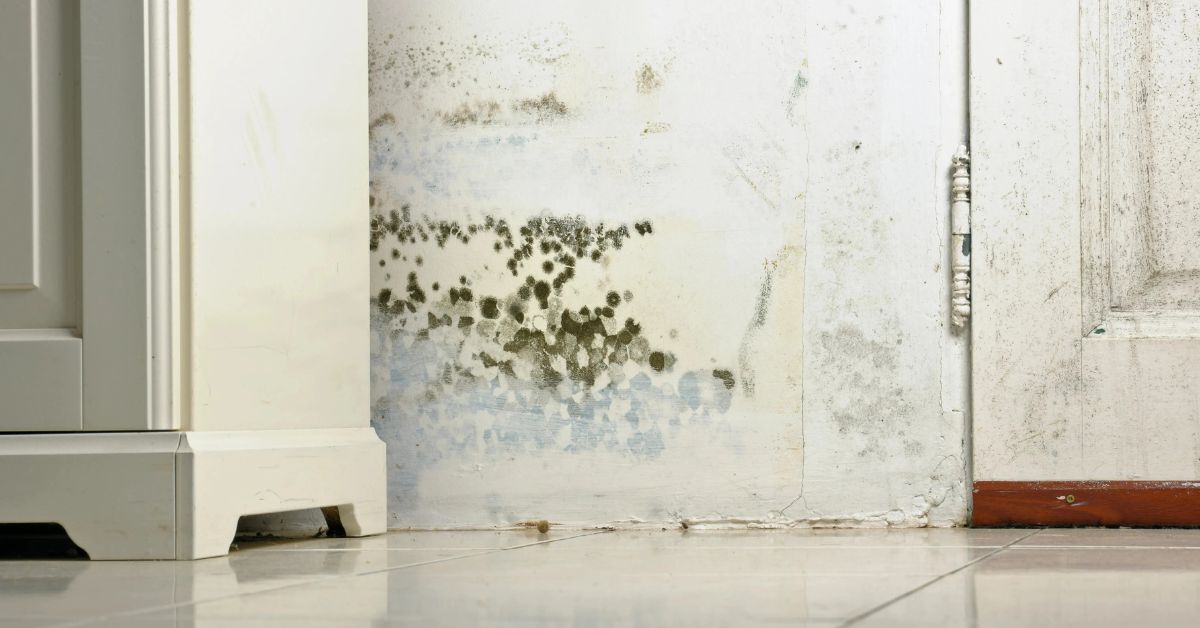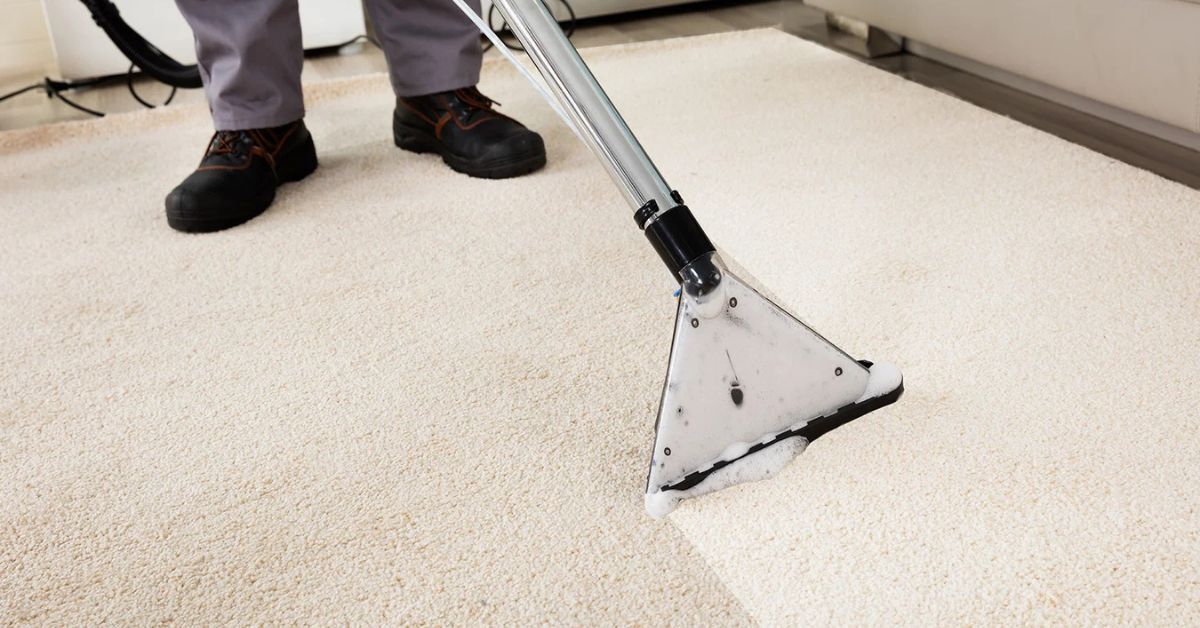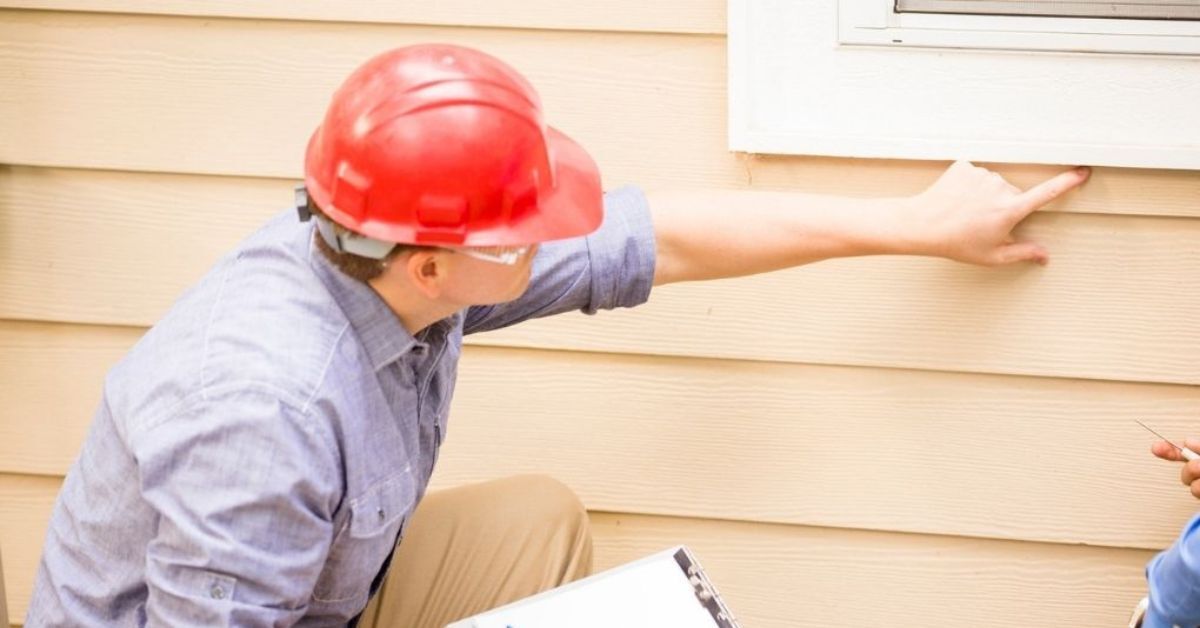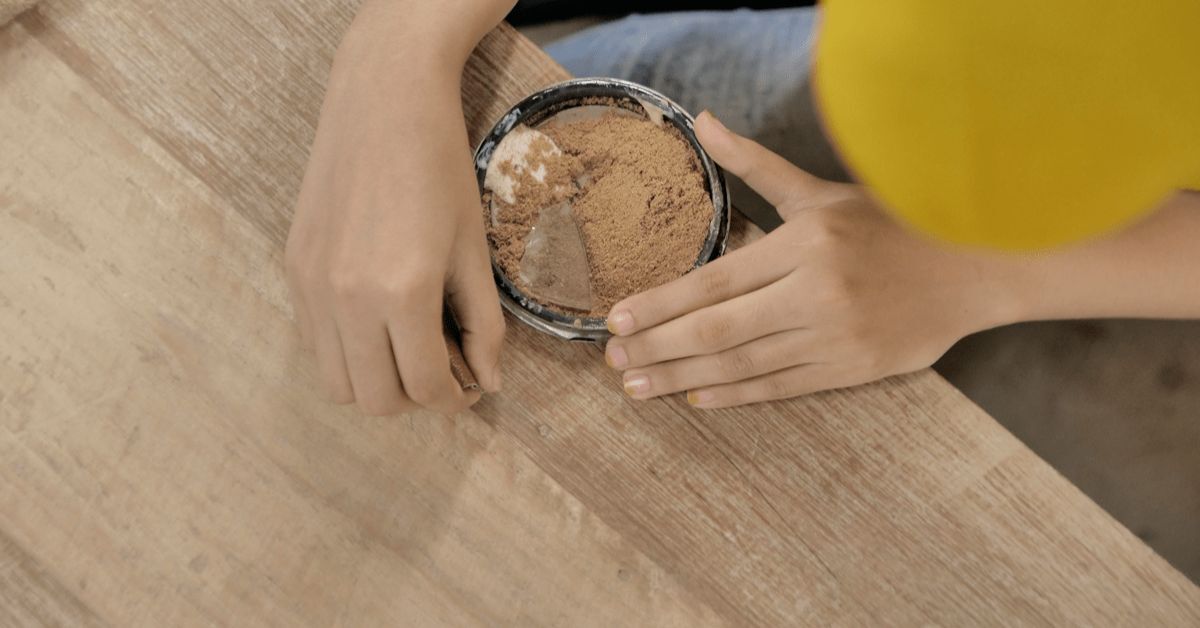When trying to remove mold from the attic, the key to stopping its spread is identifying the source of the mold. Mold may start small, but in the attic, it can grow silently and rapidly if left unaddressed. Catching it early can save you from serious health hazards and costly damage. Read on to learn precisely how to locate the source before mold takes over your attic.
Remove Mold from the Attic: Here’s Why You Shouldn’t Ignore It
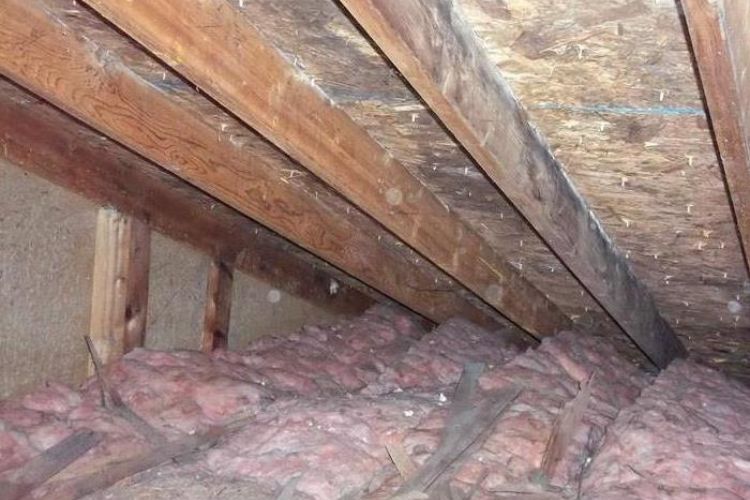
Mold in the attic isn’t just an eyesore; it’s a silent destroyer of insulation, air quality, and wooden structures. Although it may seem trivial today, what we’re describing could translate into structural damage tomorrow. Hiring an attic mold removal services keeps your home safe, healthy, and intact.
- Mold grows fast, act faster!
- Your air quality relies on a mold-free attic!
- Don’t let mold weaken your roof’s integrity!
- Insulation mold means energy loss!
- Different problems require different solutions: Learn about the types of attic mold.
Spot the Signs Early: When to Call for Professional Attic Mold Removal
Spotting attic mold early can make a massive difference in the outcome. Acknowledging the subtle indicators is the first step in removing mold from the attic and stopping an infestation from spreading.
1. Visible Growth and Staining
One of the more recognizable identifiers is actual patchy growths of black, green, or white mold on wood, insulation, and roof sheathing. They are typically near the eaves or corners. These types of areas are prone to collectible moisture.
Professional attic mold removal experts know these visible signs often suggest a deeper issue lurking underneath the surface.
- Uneven coloring or streaks on wood beams
- Fuzzy or powdery texture on surfaces
- Damp spots that grow darker over time
2. Musty Odors or Poor Air Quality
If your attic has an earthy, musty smell, it could mean there’s mold growing somewhere out of sight. Spores released into the air can cause unpleasant odors and pose health risks, especially to individuals with allergies.
Ignoring smells is dangerous because they can be early signs of harmful types of attic mold that are hidden from view.
- Smells stronger in the morning or after rain
- Persistent odors despite airing out the attic
- Sinus issues, coughing, or itchy eyes after attic visits
3. Changes in Insulation
If your insulation feels damp or looks clumped together, or if wooden beams appear warped or cracked, you’re likely dealing with mold. These visual clues often conceal a larger issue beneath the surface.
Calling in professional attic mold removal at this stage ensures the damage is stopped before it spreads.
- Sagging or moisture-soaked insulation
- Cracks or separation in wooden joints
- Insulation discoloration around venting systems
Beat the Mold: Common Attic Mold Triggers

Mold in the attic doesn’t appear by chance. Moisture, poor airflow, and human error are the perfect combination to encourage growth. Understanding these causes can help you effectively remove mold from the attic and prevent it from recurring.
1. Poor Ventilation
Inadequate ventilation traps humid air in the attic. Over time, this raises moisture levels, creating ideal conditions for mold growth. Stagnant air makes your attic a breeding ground for mold.
Hire a professional attic mold removal expert to inspect your airflow and recommend passive or mechanical ventilation as needed.
2. Roof Leaks and Moisture Intrusion
Water from roof leaks can trickle into wood and insulation without detection for weeks. After the material is saturated, it becomes a perfect medium to support various types of attic mold.
Quickly addressing roof leaks and drying wetted areas is essential for creating concerns of long-term damage.
3. Bathroom or Dryer Vents
The most significant concern with improper venting is the possibility of attic mold. Bathroom and dryer vents should exhaust outside, but often release hot, moist air directly into the attic.
Professional attic mold removal includes rerouting these vents to eliminate unnecessary moisture.
4. Improper Insulation and Air Sealing
Gaps in insulation or missing vapor barriers allow warm, moist air from the home to rise into the attic, where it condenses and mold forms, especially during cold seasons.
Proper sealing and understanding the types of attic mold can help create a long-term, mold-free environment.
Where’s the Mold Coming From? Find the Source and Remove Mold
Identifying the precise origin of mold is crucial for effective treatment. Whether it’s a leak or improper vent, pinpointing the cause helps stop the issue at its root. You’ll be better prepared to prevent recurrence once you know what to look for.
- Check beneath roof valleys, as these are high-risk zones for leaks.
- Inspect insulation near vents: Vents often release heat and moisture.
- Look for dark stains on sheathing: Common areas where spores first appear.
- Use a flashlight during early morning: Condensation is most visible.
- Test moisture levels with a meter: High readings often indicate active mold.
- Hire a professional attic mold removal inspector: They use advanced tools for accurate results.
Where Is That Smell Coming From? Track Down the Source of Mold
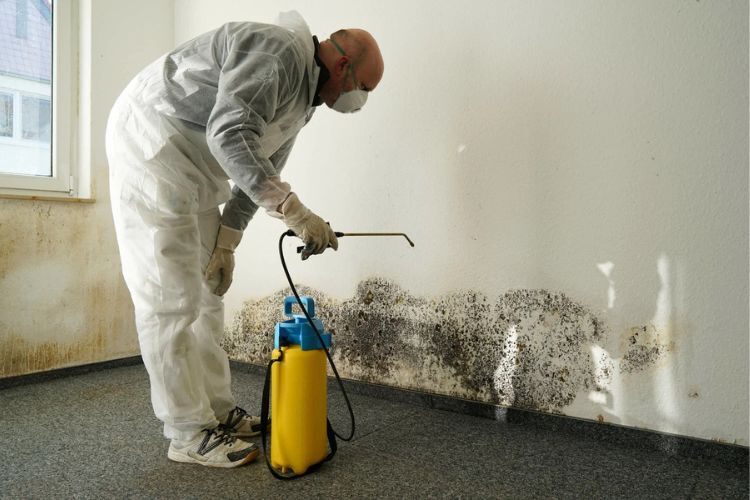
Once you understand where mold is coming from, your next goal is to stop it from spreading. Protect your home and health by taking preventative steps before the issue escalates. Stay informed about types of attic mold and how to eliminate the causes.
- Improve attic airflow with vents or fans
- Install moisture barriers beneath insulation
- Schedule seasonal roof inspections
- Fix leaks immediately after storms
- Keep insulation dry and properly sealed
- Consider using a mold detector for early alerts
Final Thoughts: Act Fast Before Mold Takes Over
Mold loves darkness; however, if you act quickly, you can bring everything to light. By knowing what to look for and being quick, you can prevent permanent damage. The sooner you remove mold from the attic, the less you will pay for expensive repairs and remediation!
Fresh Start Mold Removal can detect, remove, and protect your attic from every potential mold threat. Our certified service can provide comprehensive inspections and remediation plans tailored to the type of mold present and the structure of your attic.
Do not delay – allow us to help you keep your attic and home mold-free once and for all.
FAQs
How to kill mold in the attic?
Use a HEPA vacuum, scrub with antifungal agents, and dry thoroughly. Ventilate and seal leaks for long-term success.
How to remove mold from an attic?
Start with a professional assessment, contain the area, and use biocides and HEPA filtration. Fix any moisture sources.
What are the common signs of hidden attic mold?
Look for musty odors, wood discoloration, and damp insulation. These are early indicators.
Can a detector help in the attic?
Yes. Identify hidden spores and help monitor humidity levels to prevent mold growth.
Why does attic mold return after cleaning?
If the source, like leaks or poor ventilation, isn’t fixed, mold will grow back quickly.
